Opt for nutrient-dense, fiber-filled and protein-rich ingredients to reap the benefits of these healthy bowls
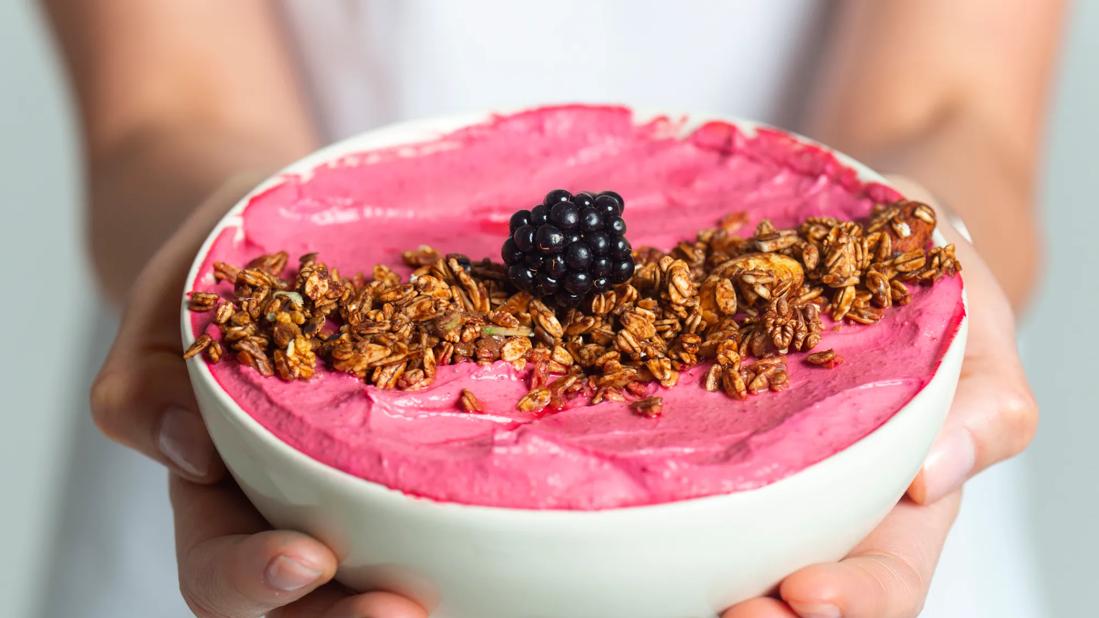
For on-the-go meals, smoothies have been an option for years. From the franchises you see around town to the make-at-home versions you’ve tried in your own blender, these thick drinks — when made properly and enjoyed in appropriate portions — provide a healthy meal alternative.
Advertisement
Cleveland Clinic is a non-profit academic medical center. Advertising on our site helps support our mission. We do not endorse non-Cleveland Clinic products or services. Policy
But lately, the trend is shifting from portable glasses to hearty bowls — and from “grab-and-go” to sit and enjoy. The smoothie bowls you’ve seen on social media take basic components of a smoothie, add less liquid and more thickening ingredients, and are topped with nutrient-dense, fiber-filled superfoods. Swap the straw for a spoon, and you’ve got a hearty dish.
So, why are smoothie bowls so popular?
“For one thing, making a smoothie bowl instead of an on-the-go drink encourages you to slow down and practice mindful eating,” explains registered dietitian Julia Zumpano, RD, LD. “But perhaps more importantly, the bowl promotes variety in the form of toppings such as nuts, seeds and fruit. You end up with a combination of protein and fiber that leaves you feeling full without an intense spike in blood sugar.”
Zumpano shares how to make a smoothie bowl and offers up some ingredients to help reap all the healthy benefits.
If you’ve made a smoothie, the basics will look familiar.
“The biggest difference is that for a bowl, you’ll decrease the amount of liquid and increase or add a thickener,” explains Zumpano. “If you’re adventurous, you can tinker with recipes to get just the right texture for you. In addition, rather than blending in nuts, seeds or other items for added nutrition, you’ll add them on top of the blended base and proteins — and enjoy their crunch with a spoon rather than through a straw.”
Advertisement
Zumpano shares a basic guide to making healthy smoothie bowls.
Start by selecting the base of your bowl. Zumpano suggests:
“I typically leave ice out of a smoothie bowl and use frozen fruits and veggies. This also makes it easier to get the right consistency,” shares Zumpano.
Protein is essential for the management of blood sugars and building muscle and tissues. Without protein in a smoothie bowl, you risk making your bowl too high in carbs and fat, leaving you hungry. Be sure to use a high-powered blender for the best results.
“There are several varieties of protein powders available,” says Zumpano. “Choose one with no added sugar or using natural sweeteners.”
Options include:
Other protein options include:
Zumpano suggests using 1/2 to 3/4 cups of these protein options.
“The toppings you’ll see here are nutritional powerhouses, such as nuts, seeds and grains. Those are ingredients you need, but an accidental overpour can leave you with more calories than you want,” warns Zumpano. “To prevent overpacking your bowl, use measuring cups and spoons to limit your toppings to about 1 tablespoon each.”
You can experiment with turning your favorite smoothie recipes into bowls, but here are a few recipes to get you started.
Advertisement
A smoothie bowl can be a fun, healthy way to try new foods or increase your protein or fiber intake.
Just make sure you keep tabs on the amount of added sugar (granola, juice, nut butters, dried fruit) and watch your portions.
Smoothie bowls can be a nutrient-packed meal that can help keep you feeling full for hours. But again, remember that it’s an easy way to pack in a lot of calories. Be especially mindful of the amount of fruit and toppings you add.
“I love to use smoothies and smoothie bowls as ways to pack in foods that I may not typically eat on a daily basis,” says Zumpano. “For example, try adding beets or kale instead of spinach, walnuts instead of peanuts, chia or hemp seeds instead of sunflower seeds, silken tofu instead of Greek yogurt, and acai or blackberries instead of a banana.”
Advertisement
Learn more about our editorial process.
Advertisement

Packed with protein, healthy fat, vitamins and minerals, this smoothie will help keep you energized for your day!
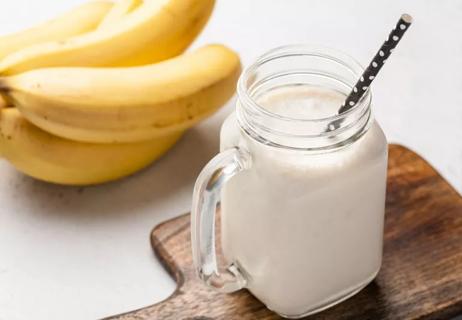
A dreamy-creamy, delicious way to fuel your day
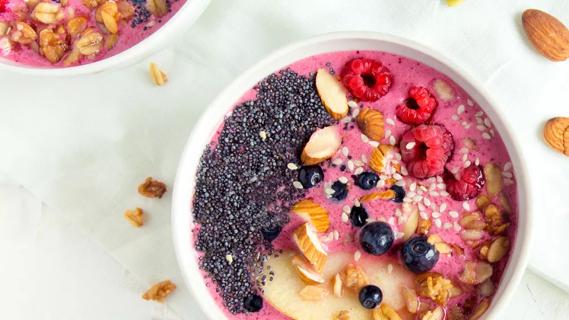
A creamy smoothie with crunchy toppings — in a bowl!
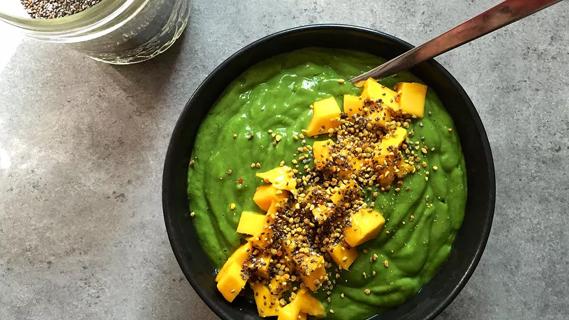
With leafy green spinach, sweet mango and green grapes, this smoothie will refresh and replenish you
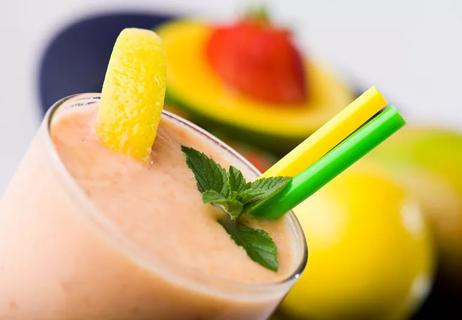
A zesty thirst-quencher that’s dairy-free and vegan

If you’re feeling short of breath, sleep can be tough — propping yourself up or sleeping on your side may help

If you fear the unknown or find yourself needing reassurance often, you may identify with this attachment style

If you’re looking to boost your gut health, it’s better to get fiber from whole foods